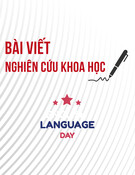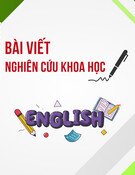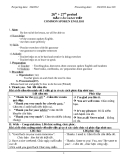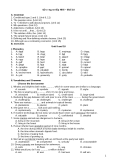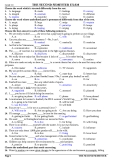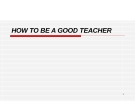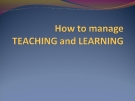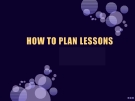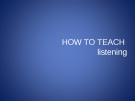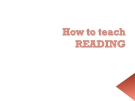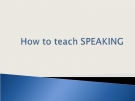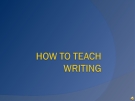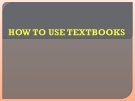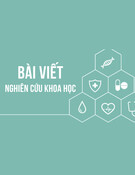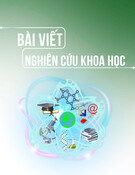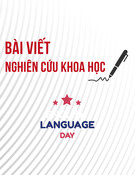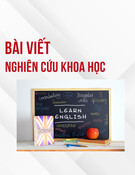
Tuyển tập Hội nghị Khoa học thường niên năm 2024. ISBN: 978-604-82-8175-5
550
IMPROVING STUDENTS’ WRITING SKILL THROUGH
COLLABORATIVE WRITING
Pham Thi Linh Thuy
Thuyloi University, email: thuyptl@tlu.edu.vn
1. INTRODUCTION
1.1. Students’ writing skill in english 1
& english 2 courses at thuyloi university
At Thuyloi university, English non-major
students have to complete two courses of
English which focuse on four English skills
at B1-level including writing skill. When
letting the students compose their essays
individually, the researcher noticed that a lot
of the students considered writing lessons a
boring and solitary experience. Therefore,
they did not have the motivation and chance
to learn writing effectively. Due to that
reason, the researcher would like to search
for an efective tool that creates more
opportunities for more student interactionin
writing lessons and motivate them to take
writing as an enjoyable experience as well as
enhance their writing performance.
Therefore, the researcher who is in the search
of applicable solution in teaching writing has
found out that collaborative writing (CW)
can be a great tool to improve the situation.
1.2. Collaborative writing
According to McLane (1990) and Nunan
(1989) writing is not only a cognitive but also
a social process in which students have to
employ different skills to make meaning and
serve for communicating purposes.
Collaborative writing (CW) was also
defined as "an interative and social process
that involves a team focused on a common
objective that negotiates, coordinates, and
communicates during the creation of a common
document" (Lowry et al., 2004, p. 72).
Haring-Smith (1994) and Storch (2005)
explained that collaborative writing is a
process participated by more than one
individual who generates a text together and
holds the co-constructing duty which is an
important factor of the activity.
Sharing the same ideas with Haring-Smith,
Rice, and Huguley (1994, pp. 163-164)
considered collaborative writing as a collective
performance which involves working out
ideas, making plans and outlines, drafting,
revising and agreeing on the final version.
It can be said that collaborative writing is
an activity that requires the participation of
pairs or groups in which members have their
co-authorship of creating the best final
written product.
Vygotsky (1978) emphasized the
importance of CW and claimed that young
writing learners have great chances to
effectively interact with their teachers and
classmates before writing by themselves.
Vygotsky (1978) also stressed that when
students with the support of their teacher
form a writing community, they become
more aware of their roles and responsibilites,
they profit from the criticism of their peers
and they learn to express their arguments.
2. RESEARCH METHODOLOGY AND
RESEARCH QUESTIONS
This is a secondary research which involves
the summary, collation, synthesis and cititcal
review of existing research, books, and
articles on improving students’ writing
through collaborative writing.
The research aims to investigate and
answer two questions:
How can collaborate writing be carried
out?



